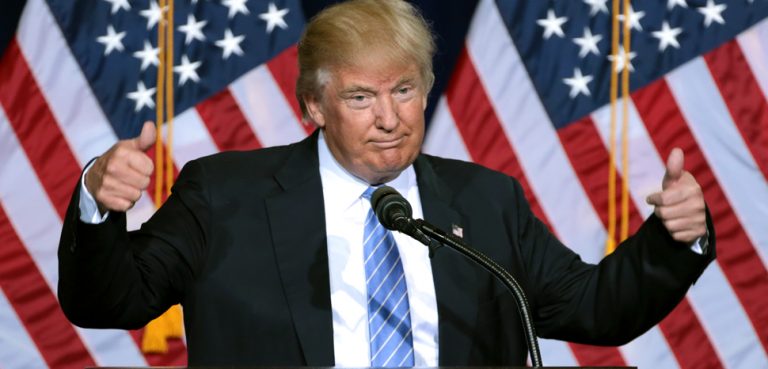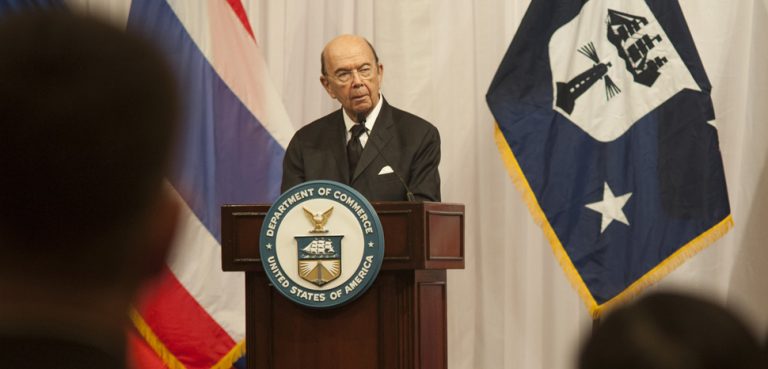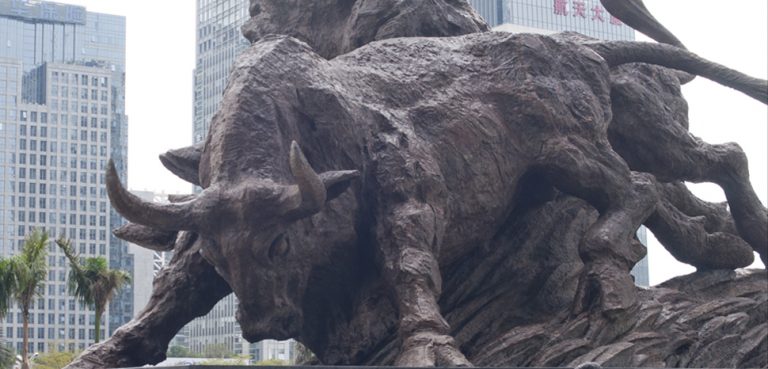Summary
One of the landmark policies of the Trump administration was taking China to task over unfair trade practices. Though the complaints far predated Trump, with threats to classify China as a currency manipulator or remove its most-favored nation status long treated as rites of passage on the US campaign trail, Trump went much further than his predecessors by initiating a full-fledged trade war with the People’s Republic of China.
The goal was to end unfair state support for Chinese competitors (which would require systemic change in the PRC), renew the United States’ manufacturing sector, and eliminate its yawning trade imbalance with China.
Did the US-China trade war achieve its aims?




